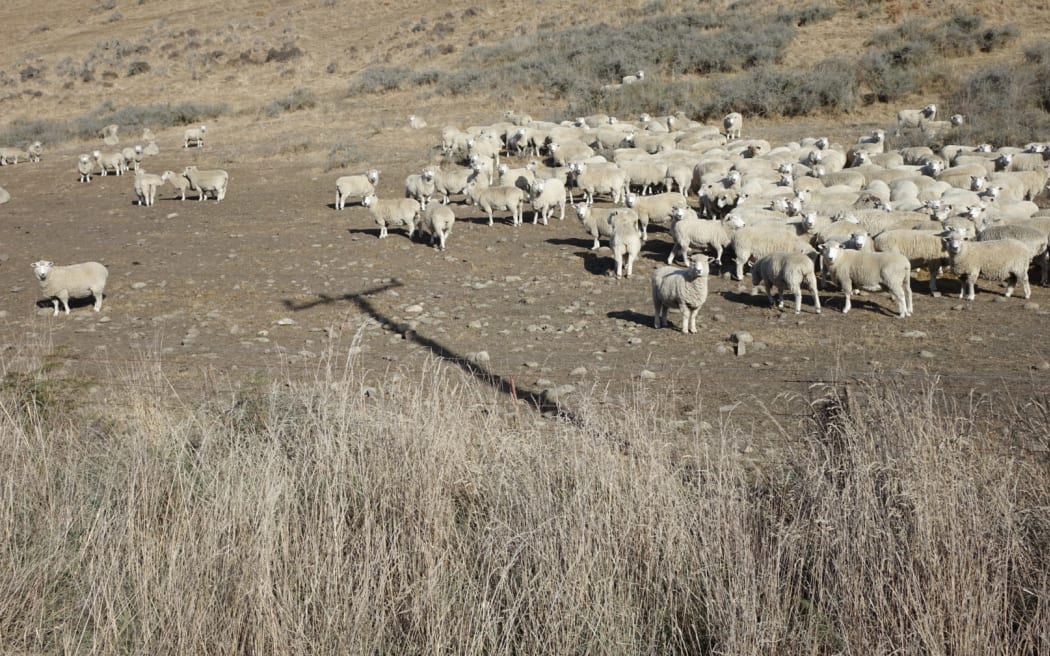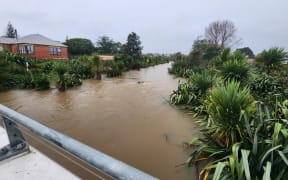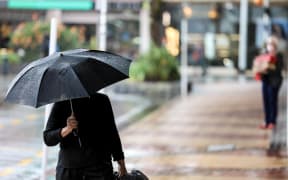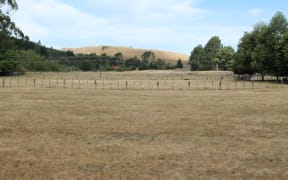
A La Niña weather system means more rain for northeastern areas of the North Island and reduced rainfall for the lower and western South Island (file image). Photo: RNZ / Patrick Phelps
A climate change scientist is urging farmers to plan for the long term with more adverse weather cycles front of mind.
New research published in international science journal Nature is predicting more back-to-back La Niña events due to global warming.
It found in a high greenhouse gas emissions scenario, the frequency of back-to-back La Niña events would rise from every 12 years throughout the 20th century to every nine years for the remainder of the 21st century.
A La Niña weather system means more rain for northeastern areas of the North Island and reduced rainfall for the lower and western South Island.
University of Waikato senior climate change lecturer Dr Luke Harrington said for farmers and growers, knowing the increased frequency of La Niña and El Niño weather patterns would help them respond accordingly.
"They are very predictable, these things happen months ahead of time and we get a good handle on what is going to be happening with the weather during the summers when these conditions are in play," Harrington said.
"You could argue it's quite useful from a planning point of view for farmers. Often it might not be the best conditions for farmers, particularly down south where it's drier weather during la Niñas. But it's that ability to know ahead of time and then plan accordingly, that can be quite useful."
Dr Harrington said farmers should look back at historical La Niña patterns experienced across New Zealand farms and orchards to think carefully about future farm management - especially for the drought-prone south during La Niña cycles.
"If farmers were trying to think about how might they plan for future La Niña events, you'd be looking back to understand the learnings and lessons you've had from past events, like the most recent three-year period where we've had back-to-back-to-back La Niñas, 2017 and 2018.
"Even looking back to 2001, that was a very dry summer in the Wellington and Wairapara regions, and also up in Nelson Marlborough, and that was actually at the tail end of a triple dip La Niñas as well."
Authors of the research said the findings strengthened calls for an urgent need to reduce greenhouse gas emissions to alleviate adverse impacts.





